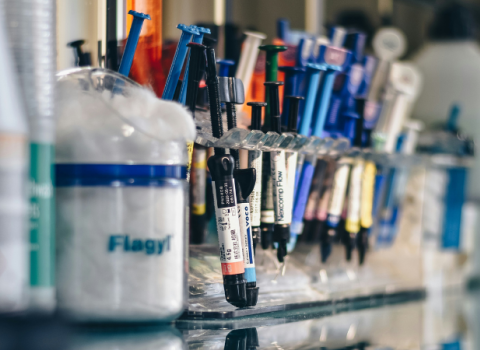KU Leuven and the European Investment Fund (EIF) are investing a further €16 million in the Centre for Drug Design and Discovery (CD3), increasing the total investment in the centre to €24 million.
CD3 allows fundamental research carried out by universities and small biotech companies to be translated into new drugs by developing them to a stage where the pharmaceutical and biotech industry are likely to interested in licensing them, forming collaborations with the project partners, or spinning them out in start-up companies.
“In the past four years, together with its partners, CD3 has taken the initial steps in more than 15 projects [that are] develop[ing] potential new medicines for various disorders, such as AIDS, cancer, arthritis, asthma, Dengue virus infections and Alzheimer’s disease,” said Patrick Chaltin, Managing Director of CD3.
“CD3 has been very successful in bridging the gap between academic innovative research and the needs of the pharmaceutical industry, which culminated in several license agreements, including with leading pharmaceutical companies,” said Paul Van Dun, General Manager of KU Leuven Research & Development. “This €16 million capital increase will also allow us to expand our activities outside of KU Leuven.”
CD3 was set up in October 2006 as an investment fund and technology transfer platform for small molecule drug discovery.
Richard Pelly, Chief Executive of the EIF, said, “Our investment in this initiative demonstrates our commitment to setting up long-term partnerships with first-class academic institutions and research centres. The partnership we have created between the EIF and KU Leuven in 2006 has achieved very promising results so far. We are convinced that stepping up our financial support as well as providing tailored financial engineering solutions will help to further bridge the gap between research and the market.”





 A unique international forum for public research organisations and companies to connect their external engagement with strategic interests around their R&D system.
A unique international forum for public research organisations and companies to connect their external engagement with strategic interests around their R&D system.